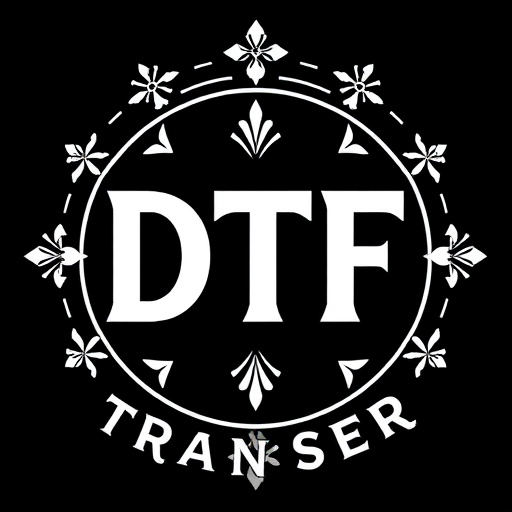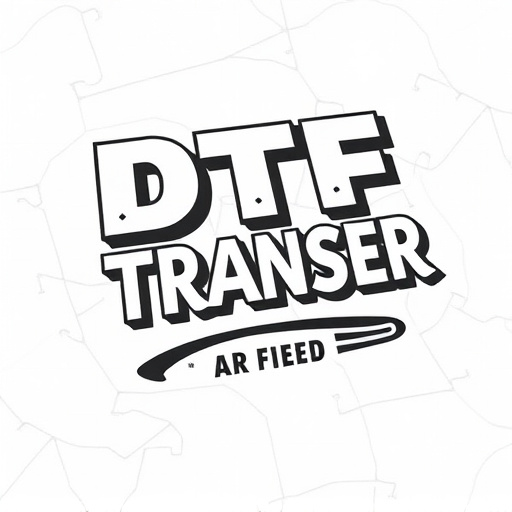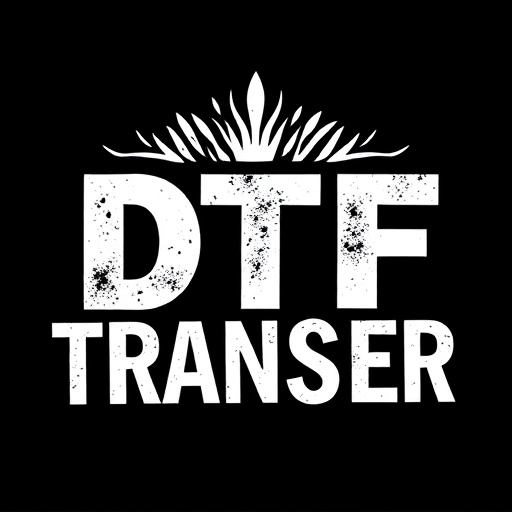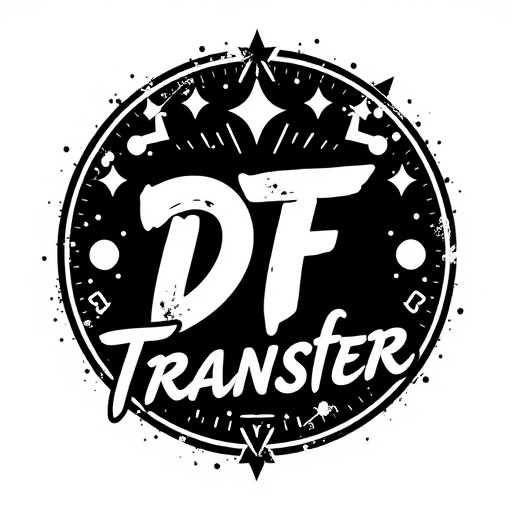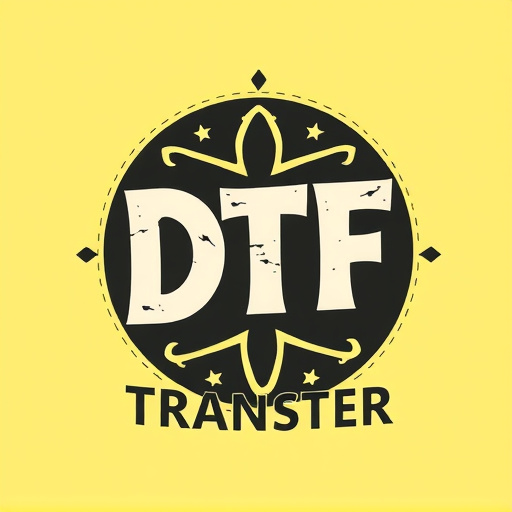Direct-to-film (DTF) transfer technology is revolutionizing commercial printing with its ability to produce high-quality, vibrant prints on demand. Ideal for large-format prints, posters, banners, and packaging, DTF offers speed, cost-effectiveness, and versatility, making it popular for marketing campaigns. The process involves transferring encoded designs from film to various substrates using specialized software and UV curable inks, resulting in sharp details and durable prints resistant to fading. DTF's precision and efficiency transform spaces with captivating visuals, effectively capturing brand identity across diverse applications. Following best practices ensures consistent, high-quality DTF prints tailored to commercial needs.
“Unleash the power of direct-to-film (DTF) transfer production for your commercial projects and elevate your branding to new heights. This comprehensive guide explores the cutting-edge process of DTF, a game-changer in the print industry. Discover how DTF offers unparalleled benefits, from vibrant, high-quality prints to efficient, cost-effective solutions.
We’ll take you on a journey through the entire DTF production process, from design conception to final, stunning prints. Uncover the secrets behind successful DTF transfers through real-world case studies and best practices for optimal results.”
- Understanding Direct-to-Film Transfer (DTF): A Comprehensive Overview
- Benefits of Choosing DTF for Commercial Projects
- The Process: From Design to Final Print
- High-Quality DTF Printing: Techniques and Technologies
- Case Studies: Successful DTF Transfers in Action
- Best Practices for Optimal DTF Production Results
Understanding Direct-to-Film Transfer (DTF): A Comprehensive Overview
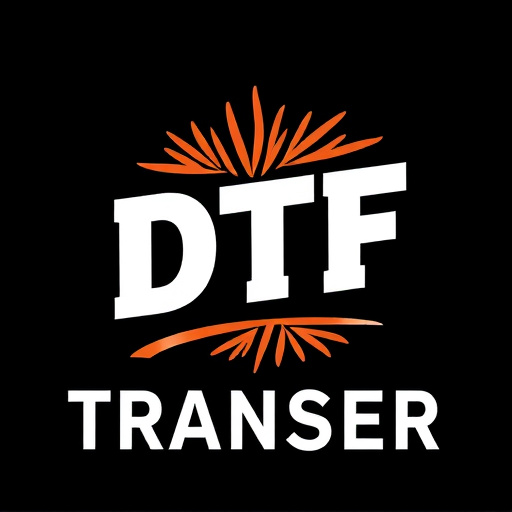
Direct-to-film transfer (DTF) is a cutting-edge technology revolutionizing the way commercial clients produce and reproduce high-quality prints. Unlike traditional printing methods, DTF involves transferring ink directly onto film, enabling precise color reproduction and exceptional detail for various applications. This innovative process allows for on-demand printing of custom designs, making it an attractive option for businesses seeking efficient and versatile solutions.
DTF offers several advantages, including vibrant colors, sharp images, and the ability to print on a wide range of media. It is particularly useful for creating large-format prints, posters, banners, and even packaging, ensuring a consistent and professional finish. DTF Printing has gained popularity due to its speed, cost-effectiveness, and versatility, making it a game-changer in the commercial printing industry. With its advanced capabilities, DTF Transfer caters to diverse client needs, from marketing campaigns to event promotions, offering a dynamic way to bring visuals to life.
Benefits of Choosing DTF for Commercial Projects
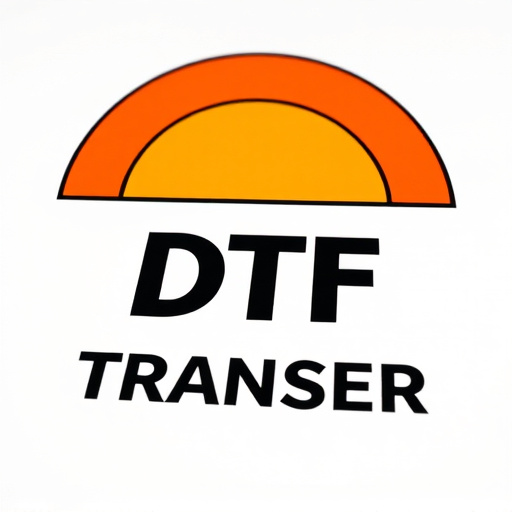
Choosing Direct-to-Film (DTF) transfer production for commercial projects offers a multitude of benefits that can significantly enhance your brand’s visual impact. DTF, also known as DTF Printing, allows for the creation of high-quality, durable prints directly onto various surfaces, from window display materials to billboards. This innovative process eliminates the need for costly and time-consuming intermediate steps, ensuring faster production times and more flexibility in project execution.
Moreover, DTF Transfer provides exceptional clarity and vibrancy in prints, making your marketing materials stand out. The technology employs advanced ink formulations that bond strongly with film, guaranteeing longevity and resistance to fading or damage. This durability is crucial for commercial applications where displays are often exposed to varying weather conditions and public handling. By opting for DTF, businesses can maintain consistent brand messaging and visual aesthetics over extended periods, driving better engagement and return on investment.
The Process: From Design to Final Print

The direct-to-film (DTF) transfer process is a sophisticated method that brings designs to life on various media with exceptional quality and precision. It begins with the initial design phase, where artists and designers create or adapt artwork tailored for DTF printing. This digital art is then prepared for production, ensuring it meets specific technical requirements for optimal print outcomes. The design is transferred onto transparent films using specialized software, encoding all necessary details, colors, and textures.
Once the design is finalized, the film is fed into the printing machine. This machinery expertly applies ink or coating onto the film, layer by layer, creating a negative of the design. After printing, the film goes through several stages, including drying, curing, and cutting, to ensure the highest accuracy and durability. The final print is then carefully inspected for quality assurance before being prepared for its intended use, whether it’s for signage, packaging, or any other commercial application, ensuring captivating DTF prints that deliver an impactful visual experience.
High-Quality DTF Printing: Techniques and Technologies
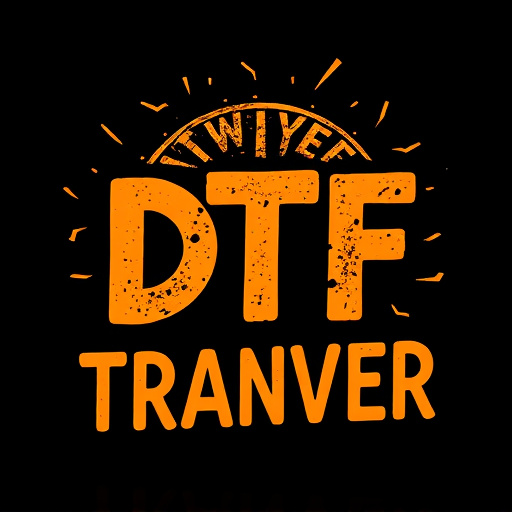
Direct-to-film (DTF) transfer production has evolved significantly, allowing for high-quality printing on a variety of materials. This technique involves applying ink directly onto film, which is then transferred to a substrate like fabric, paper, or metal. Modern DTF technologies utilize advanced printers that employ UV curable inks and precise imaging systems, ensuring sharp details and vibrant colors in each print. The process begins with high-resolution digital art, meticulously prepared for optimal results.
The quality of DTF prints is contingent on several factors, including the resolution and color profile of the input image, the type of ink and substrate used, and the printing machine’s capabilities. Professional studios employ specialized equipment and a deep understanding of these variables to achieve exceptional outcomes, catering to the demanding needs of commercial clients who require eye-catching, durable DTF transfers for their marketing materials, apparel, or other products.
Case Studies: Successful DTF Transfers in Action

In the realm of commercial printing and marketing, Direct-to-Film (DTF) transfer production has emerged as a game-changer, offering unparalleled precision and efficiency. This cutting-edge technology enables the seamless creation of high-quality prints directly onto various materials, from banners to signage and apparel. Successful case studies demonstrate the versatility and effectiveness of DTF Transfer in delivering impactful visual solutions.
For instance, consider a recent project for a retail brand aiming to refresh its in-store displays. By leveraging DTF Printing, designers were able to reproduce intricate graphics with remarkable detail and color accuracy. The process involved transferring detailed artwork directly onto flexible vinyl films, which could then be cut and applied to store windows and walls, creating an engaging and immersive shopping experience. This case study highlights how DTF Transfer can transform spaces, capturing brand identity and captivating audiences.
Best Practices for Optimal DTF Production Results

To achieve optimal results in direct-to-film (DTF) transfer production for commercial projects, a series of best practices should be followed. Firstly, ensuring the film quality is paramount; high-resolution source materials directly translate to superior DTF prints. Utilizing professional-grade films and ink designed specifically for DTF printing guarantees vibrant, accurate colors and fine detail reproduction. Proper preparation of artwork is another critical step; vectorized images with clean outlines and minimal noise allow for crisp, precise transfers.
During the production process, maintaining consistent environmental conditions, including temperature and humidity, is essential. These factors directly influence the performance and drying time of inks, ensuring even and complete coverage. Additionally, adhering to recommended printing speeds and resolutions optimizes the DTF transfer efficiency, reducing potential issues like smudging or misalignment. Regular cleaning and maintenance of printing equipment also play a vital role in delivering consistent, high-quality DTF prints for commercial clients.


